Orta Lake and the Island of San Giulio
To the west of Lake Maggiore, Lake Orta and the small island of San Giulio delight lovers of architecture and romantic landscapes!
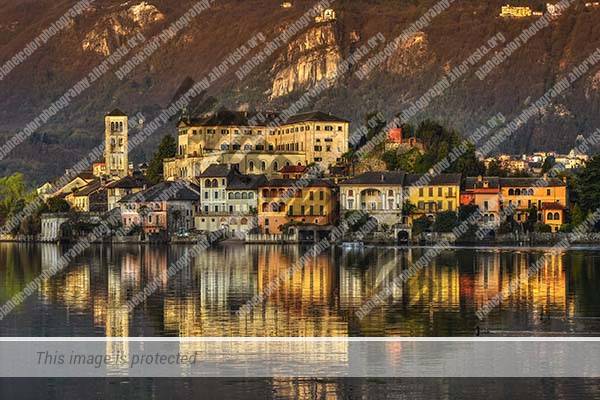
Italian version 🇮🇹 Here
The great lakes of northern Italy attract an ever-increasing number of visitors but Lake Orta, a little known “little brother” of Lake Maggiore, has an immense charm.
The Italian villages never cease to amaze, they are all small treasure chests with priceless treasures. Entering the streets and discovering suggestive corners, small shops, art galleries … This is the suggestive beauty of the Island of San Giulio on Lake Orta and its small village.
The village of Orta San Giulio
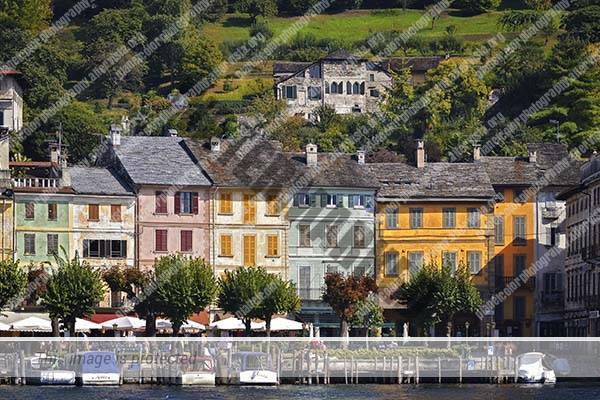
Located in the middle of the shore of Lake Orta, on the slopes of Mottarone, the village of Orta San Giulio boasts an artistic and natural heritage that make it one of the most suggestive places in the province of Novara.
Walking through the arcades and the narrow stone alleys, which sometimes go as far as lapping the lake, one almost touches the quiet passage of time. Romantic par excellence, the thousand shades of the surrounding landscape and the play of light that are reflected on the lake’s waters make Orta San Giulio a difficult place to forget. The charm and wonders of the area go hand in hand with literary and artistic wealth. Many are the writers, directors or artists who for their works took inspiration from the beauty of the place.
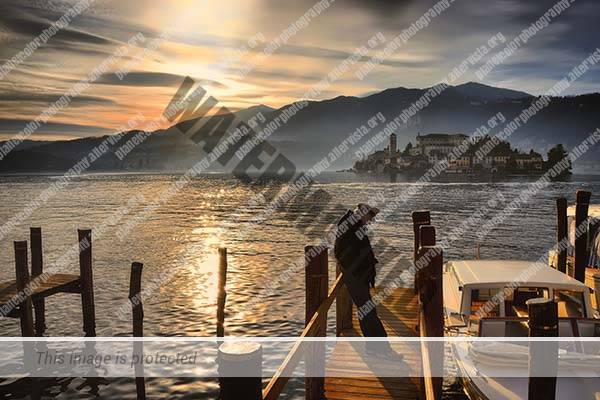
The history of the village is closely linked to that of the lake. The beating heart of Orta is Piazza Motta, the real living room of the village. Surrounded by arcades, it is also the place where boats leave for San Giulio Island. The historic center intended entirely for pedestrians cannot be reached by car. From Piazza Motta a wide uphill road flanks beautiful stately buildings decorated with rich architectural elements.
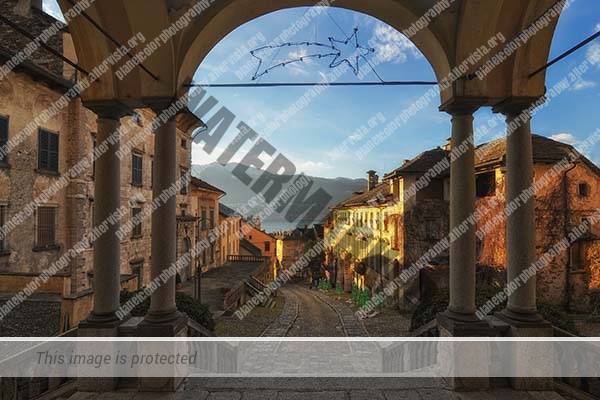
The Church of Santa Maria Assunta with the beautiful Oria stone portal dominates the hill. Continuing, the road leads us to the top of the promontory that leads to Sacro Monte, one of the nine sacred alpine mountains, a UNESCO World Heritage Site.
The sanctuary of the Madonna del Sasso
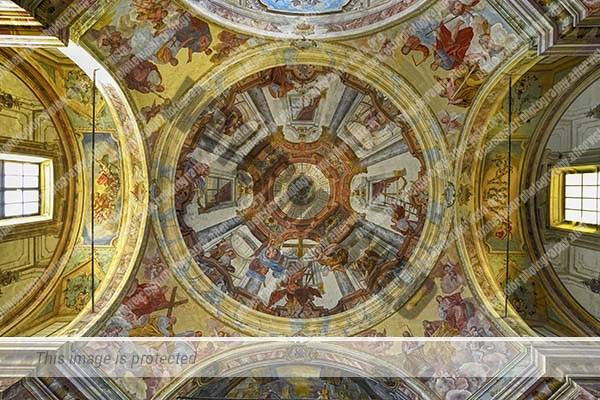
From a height of 600 meters, the square in front of the church, called “the balcony of the Cusio” offers a breathtaking view of almost all of Lake Orta, the Island of San Giulio and the Mottarone.
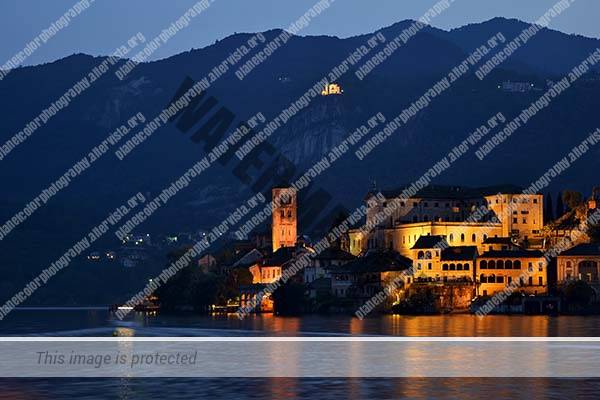
The Sanctuary of the Madonna del Sasso is the arrival point of the “Valli della Fede” hiking route, a route that connects the minor sanctuaries
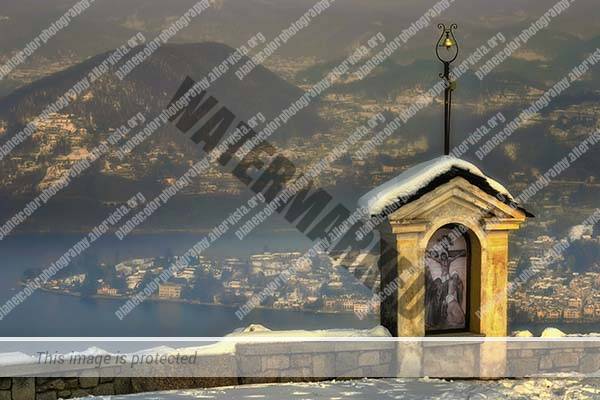
of central and eastern Biella with Lake Orta. The church dedicated to the Madonna del Rosario stands on the remains of an old chapel dating back to the 16th century. The interior of the Sanctuary is of Baroque style, has a Greek cross plan and was frescoed by Lorenzo Peracino.
The island of San Giulio
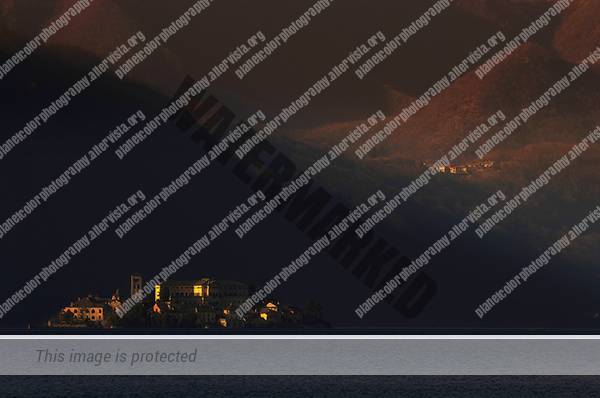
Between the Alps, Lake Orta and in the middle of the lake the island of Silence. This is the name that is given to the small Island of San Giulio because of the very few people who inhabit the island and because of the presence of the Benedictine Abbey which houses a congregation of cloistered nuns.
The territory which can be traveled by a ring circuit which, according to the direction in which it is proceeded, is called “Via del Silenzio” or “Via della Meditazione”, is almost entirely occupied by the Basilica of San Giulio and the Mater Ecclasie Abbey.
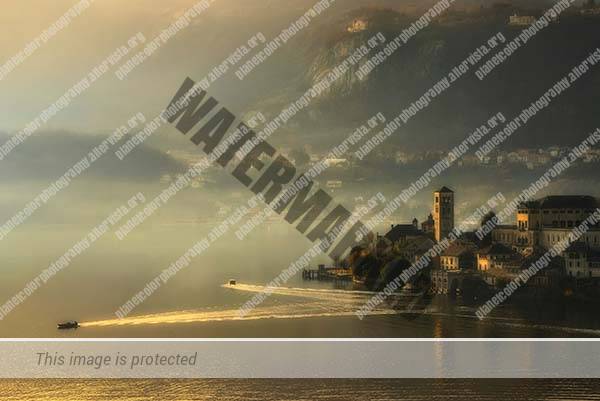
The Basilica of the Island was founded by San Giulio and inside there are wooden sculptures dating back to the fifteenth century. Historical references indicate this Basilica as the last of the hundred churches founded by San Giulio during his journey of evangelization of Lake Orta. The body of San Giulio rests in the crypt of the Basilica, protected by a crystal case.
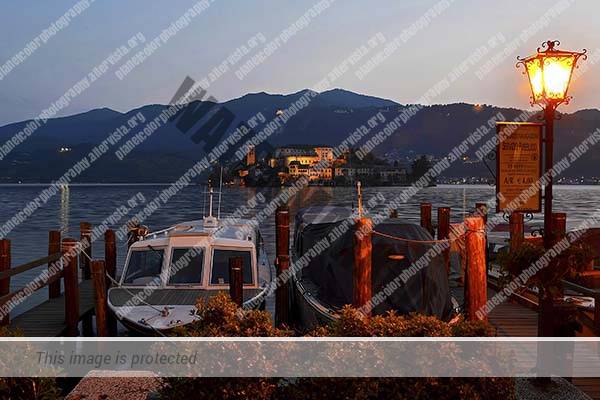
The monastic presence dates back to 1973, when six nuns arrived on the island and settled in the premises of the former bishop’s palace. In the early 1990s, with the increase in members, the community moved to the site of the former diocesan seminary. Currently around 80 Benedictine cloistered nuns live in the abbey. Inside there are studies and translations of ancient texts, an important restoration of ancient fabrics and painting for the production of icons.
History
The legend on the foundation of the Basilica of San Giulio tells that at the end of the fourth century two brothers, Giulio and Giuliano, originally from the Greek island of Aegina, arrived on the shores of the lake and dedicated themselves to the demolition of pagan places of worship and the construction of churches, with the approval of the emperor Theodosius I. San Giulio left his brother Giuliano to build the ninety-ninth church in Gozzano, looking for the place where the hundredth would arise. Julius identified the right place on the small island, but finding no one willing to ferry him, he spread his cloak over the waters and sailed on it. On the island, Giulio defeated the dragons and snakes that populated the place, an evident symbol of pagan superstition, chasing them forever and laying the foundations of the church in the same place where the basilica is located today.

The photos that describe this wonderful place are owned by © Fulvio Gioria, without his contribution this article would not have had the same finesse.
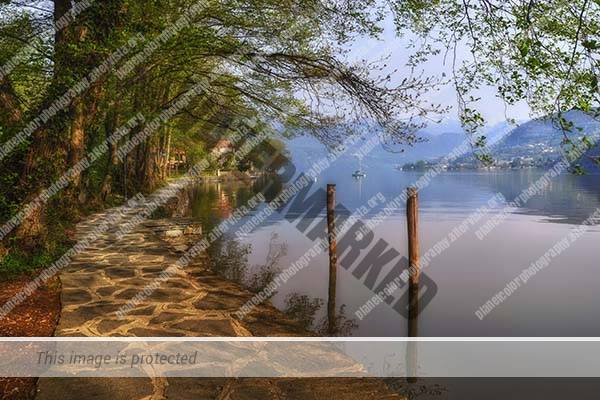
Photographer: Fulvio Gioria
All photos are owned by Fulvio Gioria
Remember to share this article with your friends on social media.
If you want to stay updated on everything that happens on planetcolorphotography.altervista.org
Join the facebook group Planet Color Photography.
